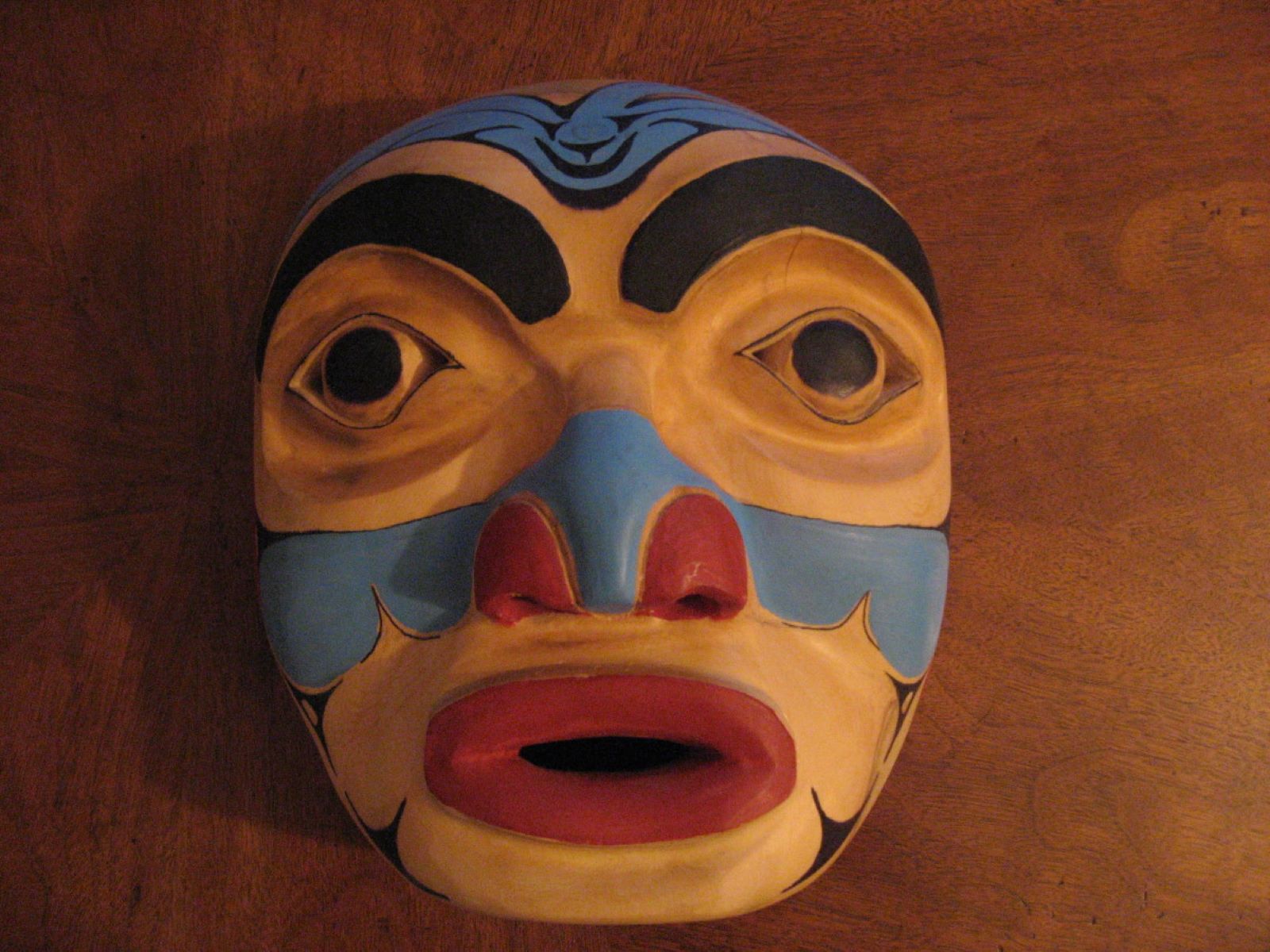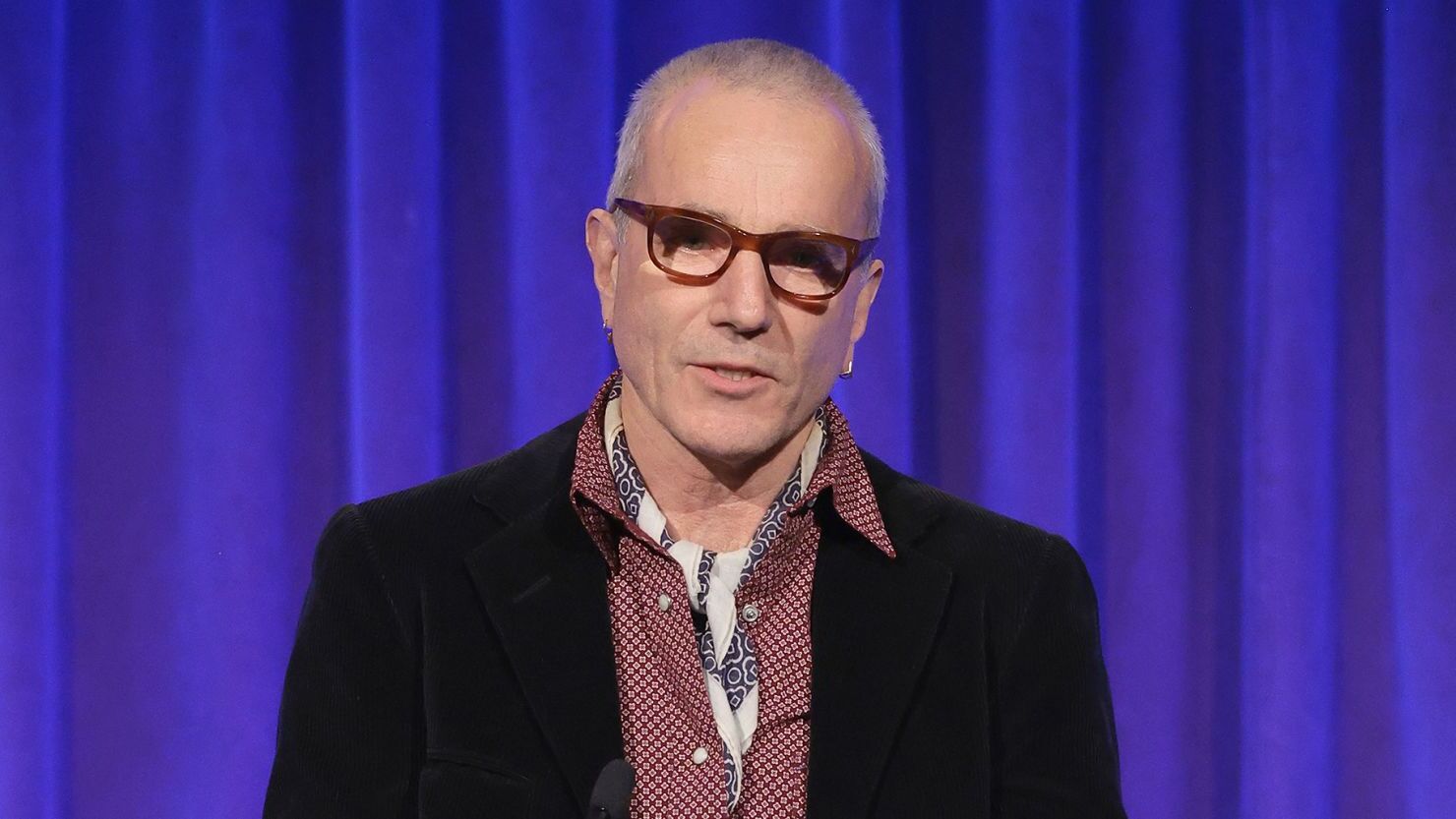
Colorized Native American masks hold a rich history and cultural significance. These masks, often used in ceremonies, storytelling, and rituals, are more than just artistic expressions. They represent the spiritual beliefs, traditions, and identities of various tribes. Crafted from materials like wood, leather, and feathers, each mask tells a unique story. The vibrant colors used in these masks aren't just for show; they symbolize different elements of nature, emotions, and spiritual entities. Understanding these masks offers a glimpse into the diverse cultures and traditions of Native American tribes. Curious about the meanings and stories behind these masks? Let's dive into 38 fascinating facts that will enrich your knowledge and appreciation of these cultural treasures.
Key Takeaways:
- Native American masks are rich in cultural and spiritual significance, representing different spirits and animals. They play a crucial role in ceremonies and storytelling, bringing legends to life.
- The craftsmanship behind Native American masks involves meticulous processes and sacred significance. Each mask's design, color scheme, and regional variations add to the rich diversity of Native American culture.
The Cultural Significance of Native American Masks
Native American masks hold deep cultural and spiritual significance. These masks are often used in ceremonies, rituals, and storytelling. Let's explore some fascinating facts about these colorized artifacts.
- Native American masks are often crafted from natural materials like wood, leather, and feathers.
- Each mask's design and color scheme can represent different spirits, animals, or ancestors.
- Masks are typically used in dances and ceremonies to invoke the presence of spirits.
- The colors used in masks often have symbolic meanings, such as red for life and black for death.
- Some tribes believe that wearing a mask allows the wearer to transform into the spirit or animal depicted.
The Craftsmanship Behind the Masks
Creating a Native American mask is a meticulous process that requires skill and patience. Artisans often spend weeks or even months on a single mask.
- Traditional tools like bone knives and stone chisels are often used in the crafting process.
- Many masks are painted with natural dyes made from plants, minerals, and insects.
- Feathers, fur, and beads are commonly added to enhance the mask's appearance.
- Some masks feature intricate carvings that tell a story or depict a legend.
- The process of making a mask is often considered a sacred act, imbued with spiritual significance.
The Role of Masks in Ceremonies
Masks play a crucial role in various Native American ceremonies, each with its unique purpose and meaning.
- In healing ceremonies, masks are believed to help channel the energy of healing spirits.
- During harvest festivals, masks representing corn and other crops are worn to ensure a bountiful harvest.
- Masks are also used in rites of passage, such as coming-of-age ceremonies.
- Some masks are designed to scare away evil spirits during purification rituals.
- In storytelling, masks help bring legends and myths to life, making them more engaging for the audience.
Regional Variations in Mask Design
Different tribes have their own unique styles and traditions when it comes to mask-making. These regional variations add to the rich diversity of Native American culture.
- The Hopi tribe is known for their Kachina masks, which represent various spiritual beings.
- Inuit masks often depict animals like seals and bears, reflecting their close relationship with nature.
- The Iroquois create False Face masks, used in healing rituals to drive away illness.
- Pacific Northwest tribes craft elaborate wooden masks featuring totemic animals like eagles and wolves.
- Pueblo masks often incorporate bright colors and intricate patterns, symbolizing different aspects of their cosmology.
The Symbolism of Colors in Masks
Colors play a vital role in the symbolism of Native American masks. Each hue carries its own meaning and significance.
- Red is often used to symbolize life, energy, and power.
- Black can represent death, the unknown, or the spirit world.
- White is commonly associated with purity, peace, and the sky.
- Blue often symbolizes water, sky, and tranquility.
- Green is linked to nature, growth, and fertility.
Masks in Modern Native American Culture
While traditional uses of masks continue, modern Native American artists are also finding new ways to incorporate these cultural artifacts into contemporary art.
- Some artists blend traditional designs with modern materials like acrylics and metals.
- Masks are often featured in Native American art exhibitions and museums.
- Contemporary Native American theater groups use masks in performances to tell both traditional and modern stories.
- Many Native American communities continue to teach mask-making techniques to younger generations.
- Masks are also sold as art pieces, helping to support Native American artisans and their communities.
The Preservation of Mask-Making Traditions
Efforts are being made to preserve the rich traditions of Native American mask-making for future generations.
- Cultural heritage programs often include mask-making workshops and classes.
- Museums and cultural centers play a crucial role in preserving and displaying traditional masks.
- Some tribes have established their own cultural preservation societies to safeguard their mask-making traditions.
- Digital archives and online platforms are being used to document and share mask-making techniques and stories.
- Collaborations between Native American artists and scholars help to keep the traditions alive and evolving.
Interesting Facts About Specific Masks
Let's dive into some intriguing facts about specific Native American masks that highlight their unique features and stories.
- The Haida tribe's transformation masks can open and close, revealing different faces inside.
- Zuni masks often feature elaborate headdresses made from feathers and other natural materials.
- The Navajo use Yei masks in ceremonies to honor their deities and seek blessings.
The Final Brushstroke
Colorized Native American masks hold a rich tapestry of history, culture, and artistry. Each mask tells a story, reflecting the traditions and beliefs of the tribes. These masks aren't just art; they're a connection to the past, a way to honor ancestors, and a means to keep traditions alive.
Understanding the significance of these masks helps appreciate their beauty and the craftsmanship involved. They serve as a reminder of the diverse and vibrant cultures that have shaped history. By learning about these masks, we gain insight into the values and practices of Native American tribes.
Next time you see a colorized Native American mask, remember the stories and heritage it represents. It's more than just a piece of art; it's a symbol of a rich cultural legacy that continues to inspire and educate.
Frequently Asked Questions
Was this page helpful?
Our commitment to delivering trustworthy and engaging content is at the heart of what we do. Each fact on our site is contributed by real users like you, bringing a wealth of diverse insights and information. To ensure the highest standards of accuracy and reliability, our dedicated editors meticulously review each submission. This process guarantees that the facts we share are not only fascinating but also credible. Trust in our commitment to quality and authenticity as you explore and learn with us.


